UK PMI Services dropped to 50.2 in June, down from 51.0 and missed expectation of 51.0. That’s a also a three-month low, just above 50 no-change mark. All Sector PMI dropped to 49.2, down from 50.7, signalling a reduction in overall private sector business activity for the first time in 35 months.
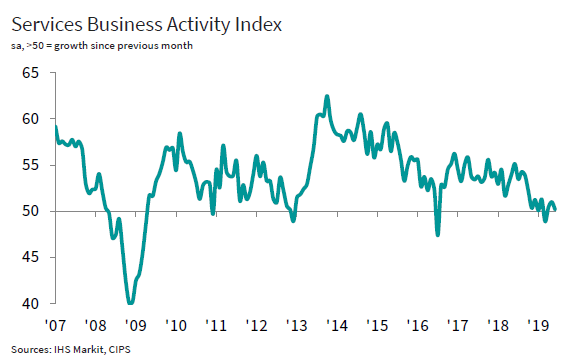
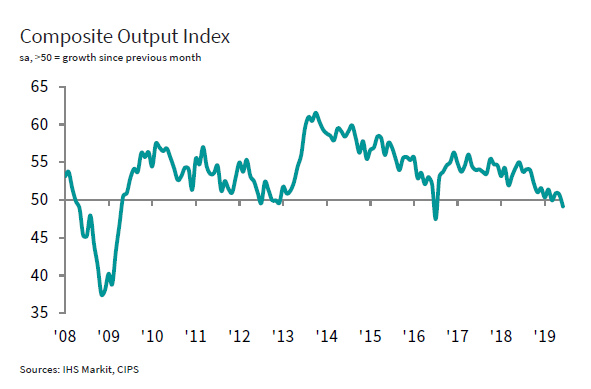 Chris Williamson, Chief Business Economist at IHS Markit, which compiles the survey:
Chris Williamson, Chief Business Economist at IHS Markit, which compiles the survey:
“The near-stagnation of the services sector in June is one of the worst performances seen over the past decade and comes on the heels of steep declines in both manufacturing and construction. Collectively, the PMI surveys indicate that the economy has slipped into contraction for the first time since July 2016, suffering the second-steepest fall in output since the global financial crisis in April 2009.
“The June reading rounds off a second quarter for which the surveys point to a 0.1% contraction of GDP.
“The latest downturn has followed a gradual deterioration in demand over the past year as Brexit-related uncertainty has increasingly exacerbated the impact of a broader global economic slowdown. Risks also remain skewed to the downside as sentiment about the year ahead is worryingly subdued, suggesting the third quarter could see businesses continue to struggle.
“One ray of hope came from a further rise in employment as firms continued to hire new staff despite the drop in output, but the resulting decline in productivity signalled was the largest in the survey’s 20-year history.
“Average selling prices for goods and services meanwhile rose at one of the slowest rates seen over the past three years, despite steeply rising costs, boding ill for corporate profits.
“The worsening picture will put further pressure on the Bank of England to add stimulus. For policymakers to not loosen policy with the all sector PMI at its current level would be unprecedented in the survey’s two-decade history.”
Full release here.
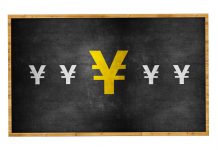


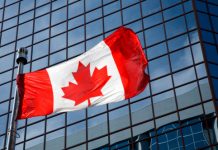
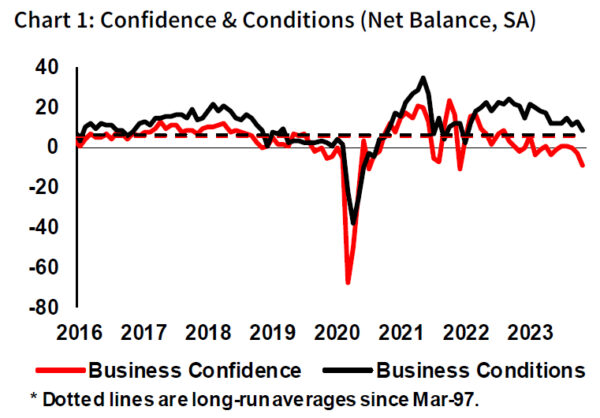
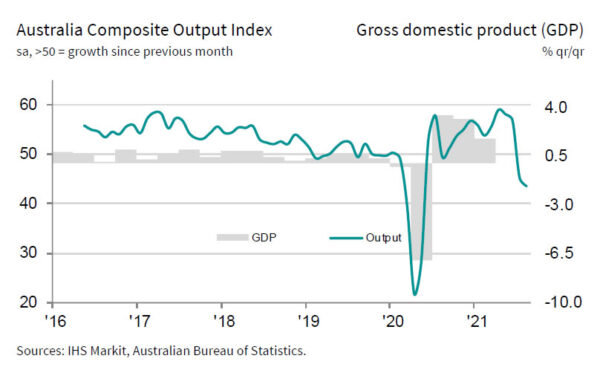
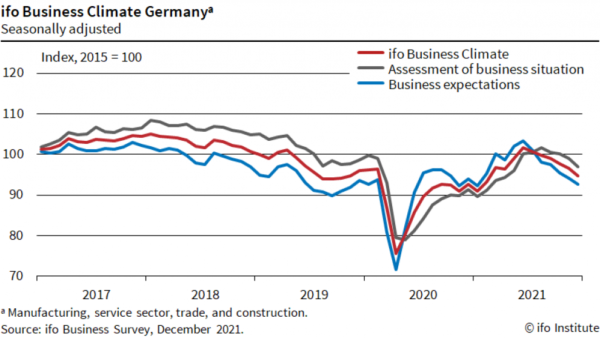
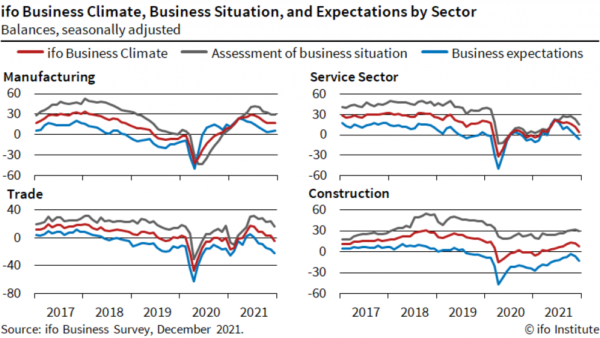
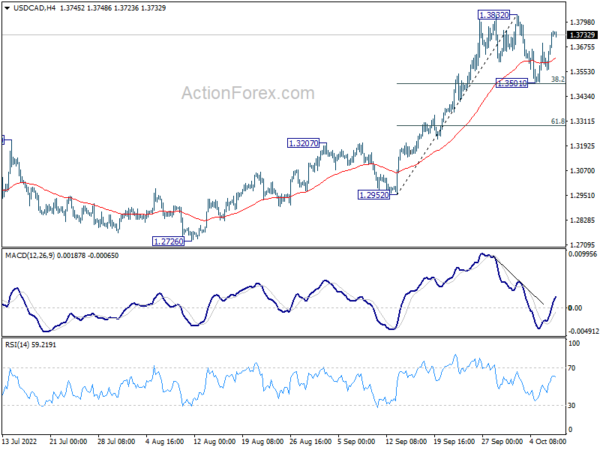
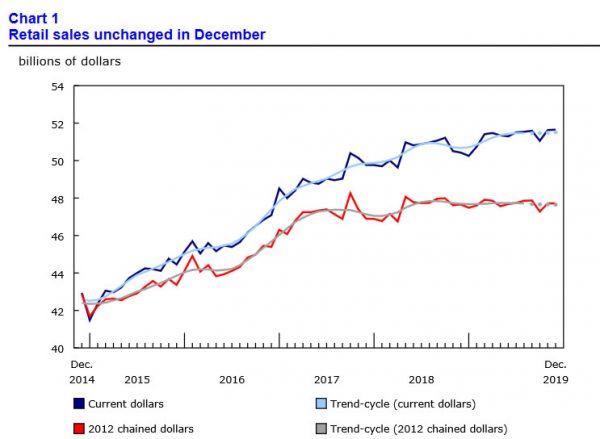
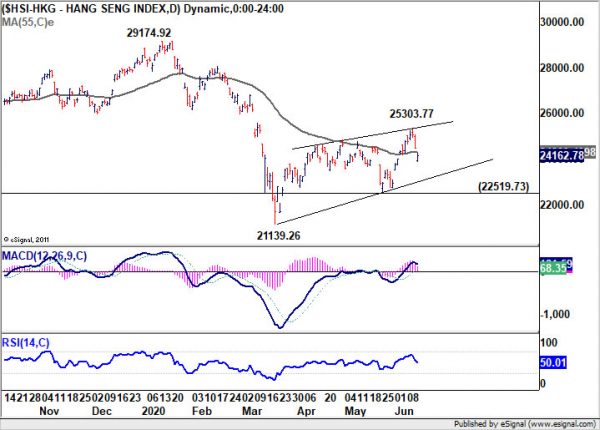
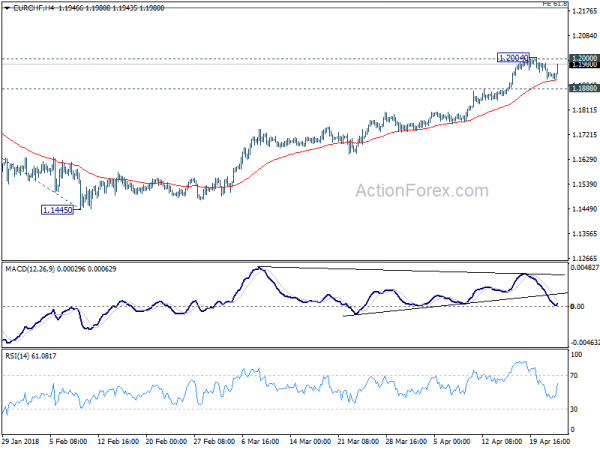
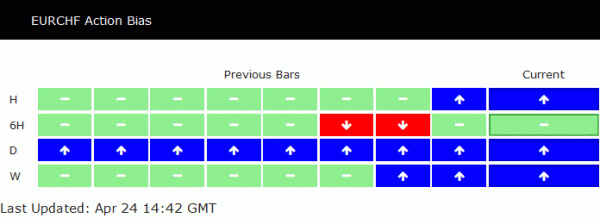
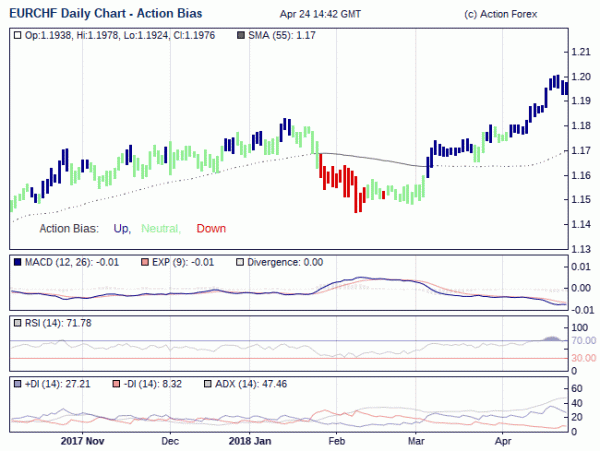
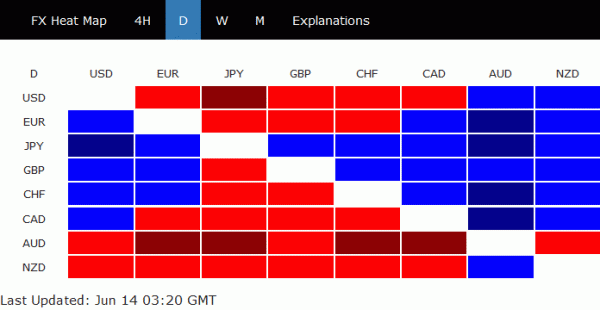
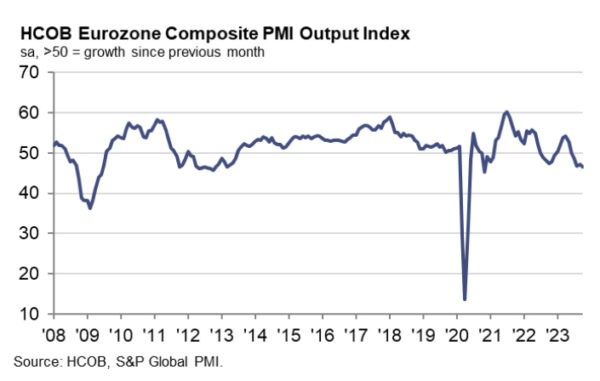


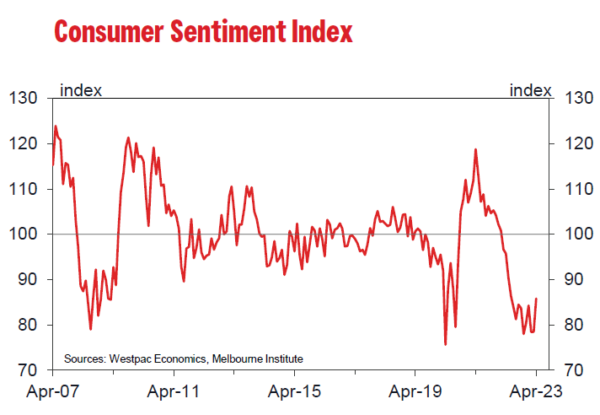


US initial jobless claims dropped to 751k, continuing claims dropped to 7.3m
US initial jobless claims dropped -7k to 751k in the week ending October 31, slightly above expectation of 746k. Four-week moving average of initial claims dropped -4k to 787k.
Continuing claims dropped -538k to 7285k in the week ending October 24. Four-week moving average of continuing claims dropped -827k to 8245k.
Full release here.